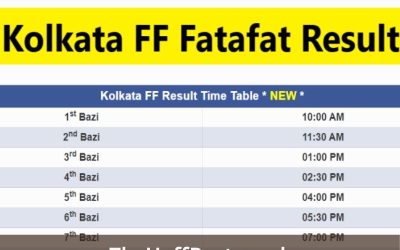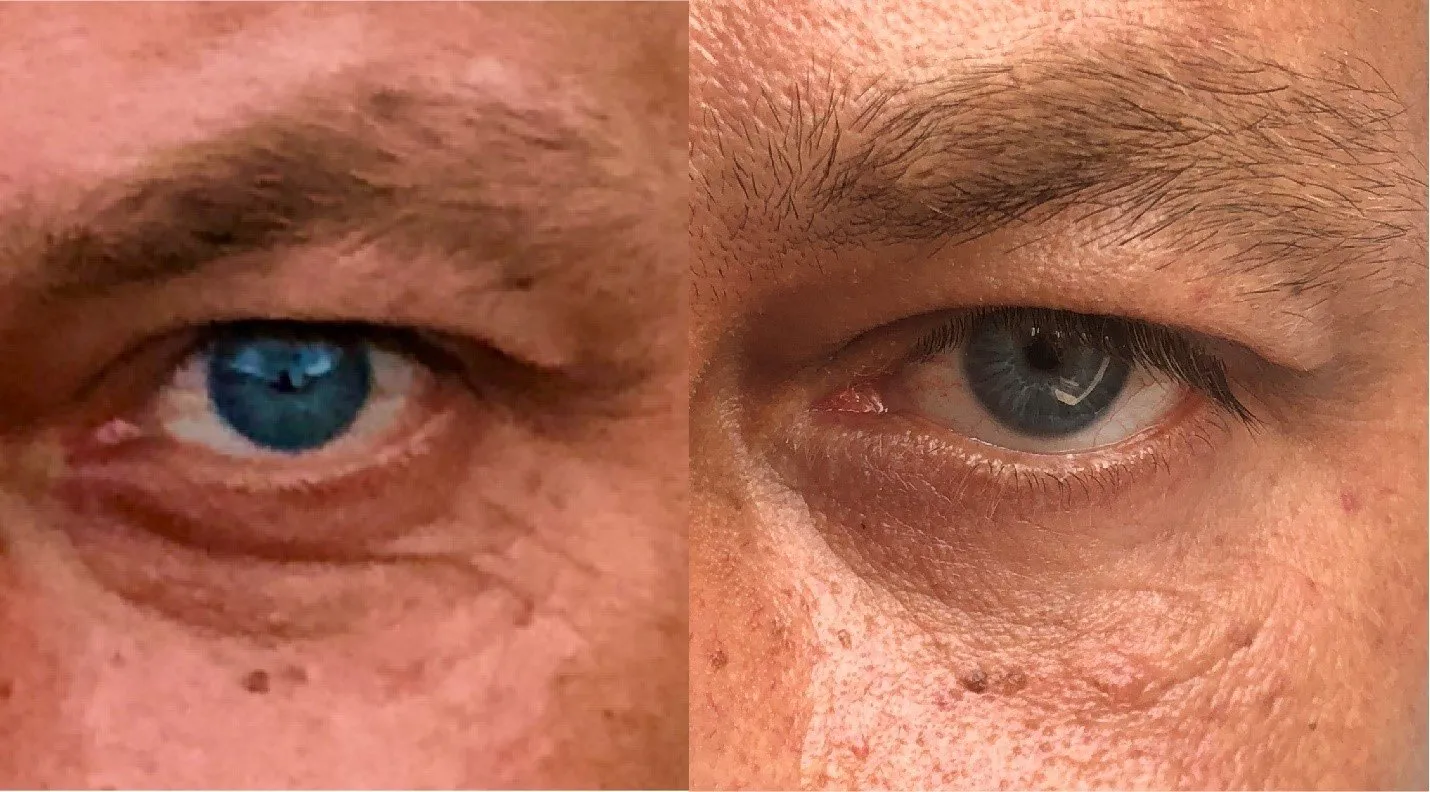Unraveling Rare Mutations and Copy Number Variations with ddPCR Service

In each individual, thousands of generic segments may vary in copy numbers. When it comes to cancer and other disorders, substantial genome sequences may also differ in copy numbers between healthy and diseased cells in the same individual. Therefore, evaluating and determining these subtle differences is crucial for defining their biological impact.
It is well understood that accurate and precise measurements are critical for all research purposes. However, accurate determination of copy numbers presents unique challenges. Oncogenes in cancerous cells become amplified. Besides, inherited copy number variants are present in different copy numbers within diverse individuals due to multi-allelism. In humans, these copy number variants often result in most inherited gene dosage variation and contribute substantially to gene expression variation. Accurate measurements of copy number variants are necessary to understand its contribution to phenotypes, allele distribution, and its relation to SNPs and haplotypes. The current article focuses on the ddPCR service to understand rare mutations and copy number variation.
ddPCR gene expression and copy number analysis
Ligand binding assays, ELISA, and MSD assay services have been used traditionally for biomedical analysis. However, qPCR expression analysis has been the primary method for gene products. Moreover, qPCR CROs have employed a similar approach for determining copy number variation.
The advent of digital PCR facilitates high-resolution determination of copy number variations using smaller sample volumes and reagents. Digital droplet PCR overcomes several inherent limitations observed with the microarray technique and qPCR analysis. ddPCR delivers accurate and precise measurements of copy numbers. They do so by dividing the samples into thousands of droplets, producing thousands of individual PCR reactions. This PCR reaction determines whether an individual droplet contains the target DNA molecule. Copy numbers are calculated by assessing the molecules from copy number variation and comparing it with the molecules obtained from reference genomic locus.
ddPCR output is much more robust than conventional PCR methods. This superiority is because ddPCR measures the fluorescence after the run, and hence, its accuracy depends on the distribution of positive and negative droplets rather than quantifying PCR products in real time. This specialty delivers a powerful and precise analysis of copy numbers at an integer level.
Typical ddPCR protocol for copy number variation includes:
- Designing assays that target the genomic sequence of interest
- Using these designed assays in the ddPCR system and optimizing experimental conditions
- Fine-tuning and improving results after ddPCR analysis
Although the above protocol is ideal for germline copy number variant analysis, it can be adopted readily for assessing copy number variable sequences in cancer genomes. A critical difference with cancer samples is that they are often mosaic, and cancer sequence analysis may include non-integer copy number levels representing average data.
A vital advantage of using ddPCR systems for quantifying both point mutations and copy number variations is that researchers can use a single color detection method. They can use non-specific DNA binding dye and identify and quantify reference and target products. These systems facilitate the use of one or multiple colors to determine copy numbers. In conclusion, ddPCR services have become crucial for evaluating rare mutations and copy number variations.











